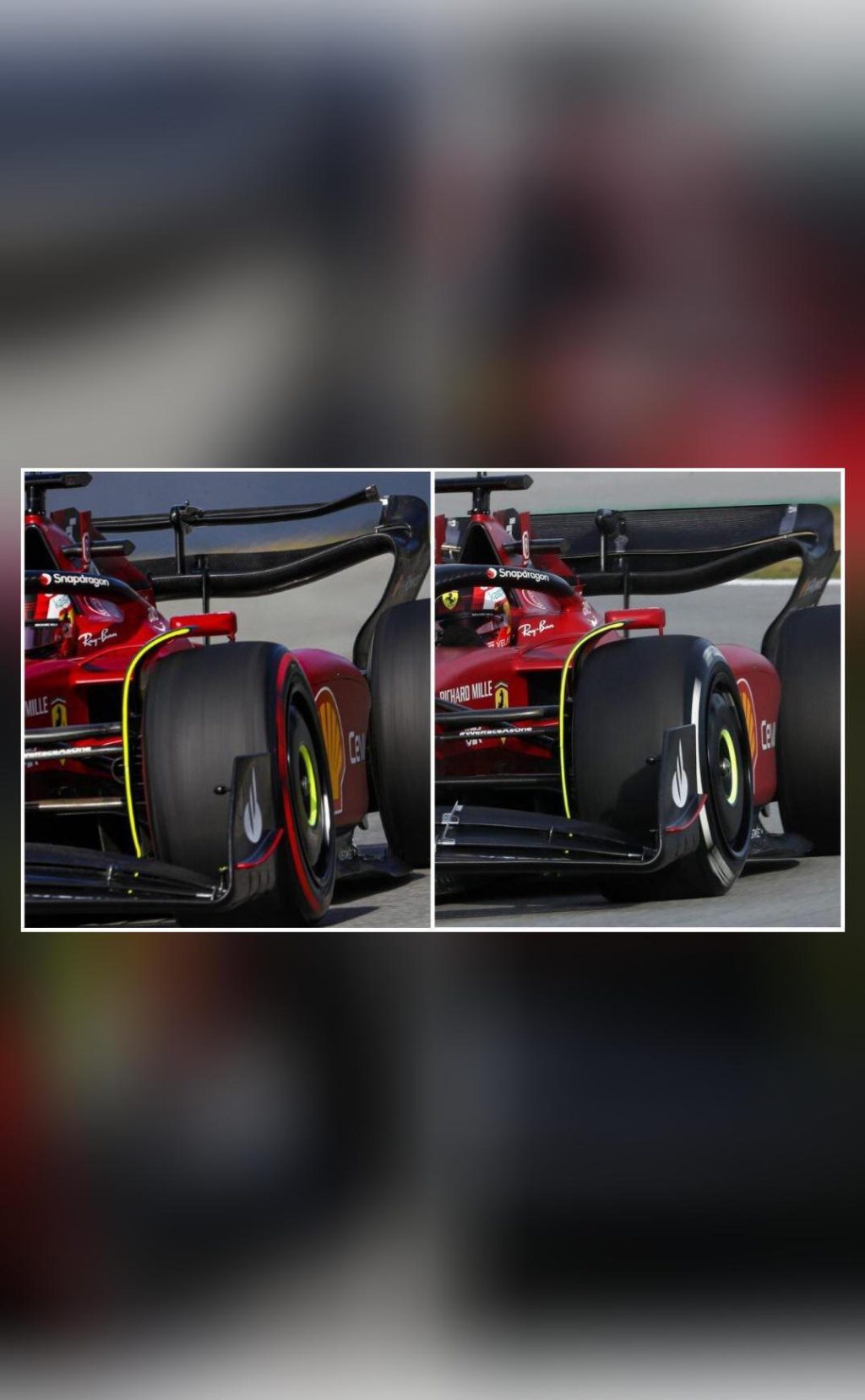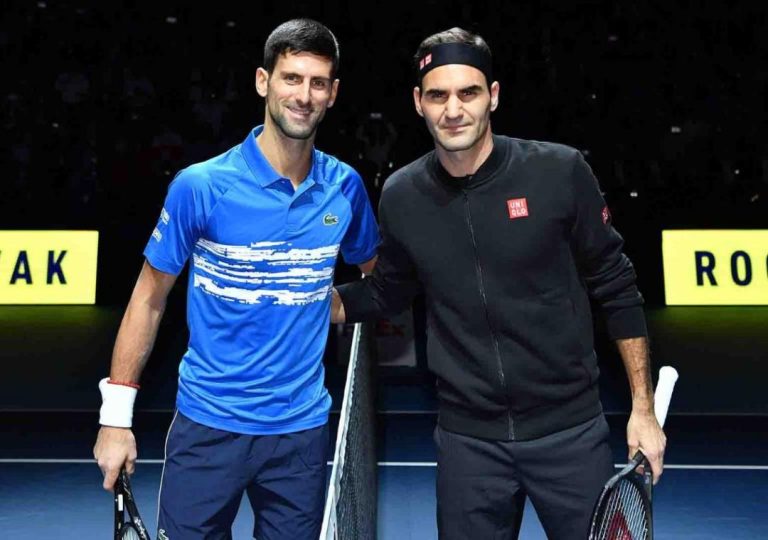
What is DRS in F1?
Formula 1 (F1) is a thrilling sport that requires a perfect blend of speed, strategy, and skill. One of the most exciting aspects of F1 racing is the art of overtaking, where drivers try to pass each other on the track. However, for a long time, overtaking was a rare occurrence in F1 due to the unique aerodynamic challenges posed by the “dirty air” created by the car ahead. To address this issue, the Drag Reduction System (DRS) was introduced in F1 to increase overtaking opportunities during races. In this blog post, we’ll delve into the world of DRS and explore how it works.
The Problem with Overtaking in F1
Before the introduction of DRS, cars in F1 struggled to overtake each other due to the aerodynamic drag created by the car ahead. As a car moves ahead of another on the track, it creates a “dirty air” effect, which makes it difficult for the following car to stay close and overtake. This was especially true at high-speed corners and straights, where the aerodynamic drag was at its peak.
To put it simply, the car ahead creates a “wall” of air that makes it difficult for the following car to approach and overtake. This made it challenging for drivers to pass each other, even with a faster car. As a result, F1 races often became processional affairs, with cars running in single-file formation and overtaking opportunities scarce.
The Solution: DRS
To address this issue, the FIA, the governing body of F1, introduced the Drag Reduction System (DRS) in 2011. The system uses a flap on the car’s rear wing, which can be opened by the driver to reduce aerodynamic drag and downforce. This allows the following car to close the gap and overtake the car ahead.
Here’s how DRS works:
- DRS zones: The FIA designates specific zones on the track where DRS can be used. These zones are usually located on the straights, where the aerodynamic drag is at its peak.
- Driver activation: The driver of the following car must activate DRS by pressing a button on the steering wheel. This sends a signal to the car’s electronic control unit, which opens the flap on the rear wing.
- Flap opening: The flap is designed to open at a specific speed, usually above 120 km/h. When the flap opens, it reduces the aerodynamic drag and downforce, allowing the car to accelerate more quickly.
- Overtaking opportunity: With the flap open, the following car can close the gap and overtake the car ahead. The driver of the leading car cannot use DRS to block the overtaking opportunity, as it would be unfair.
How DRS Affects Racing
The introduction of DRS has had a significant impact on F1 racing. With the system in place, drivers can now overtake more easily, making races more exciting and unpredictable.
Here are a few ways DRS has affected racing:
- Increased overtaking: DRS has increased the number of overtaking opportunities, making races more thrilling and unpredictable.
- Improved racing: With the ability to overtake more easily, drivers can now race more aggressively and take risks, leading to more exciting racing.
- Changes in strategy: DRS has forced teams to adapt their strategies, with a greater emphasis on qualifying well and using DRS to overtake.
- New racing lines: DRS has allowed drivers to take different racing lines, as they can now overtake on the straights and not just in the corners.
Conclusion
The Drag Reduction System (DRS) has been a game-changer in F1, allowing drivers to overtake more easily and making races more exciting. By reducing aerodynamic drag and downforce, DRS has opened up new overtaking opportunities, forcing drivers to adapt their racing lines and strategies. Whether you’re a seasoned F1 fan or just starting to follow the sport, DRS is an essential part of the F1 experience.






